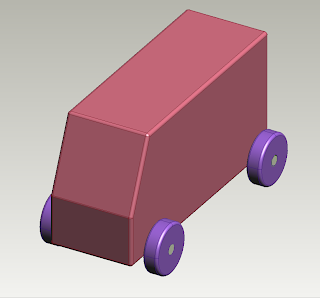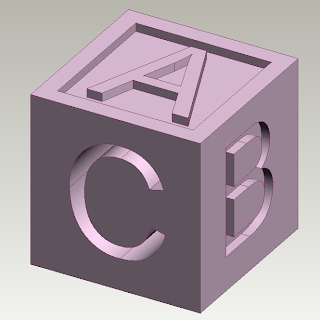a. List the materials that were used in the construction of your mechanized
toy.
Ply
Wood
Dowel
Wood
Glue
Hot
Glue
b. Describe some environmental problems which are caused by the overuse of wood products (i.e. deforestation).
The main environmental problem caused by the overuse of wood products is deforestation. Trees are destroyed, but so are the habitats of many native fauna, e.g. birds loosing their nest and eggs, meaning the species of birds could become endangered. Deforestation effects flora as well, many species of plants live off the minerals contained in the trees that are chopped down. Some other environmental problems include pollution made by the factories, the increased erosion and global warming, leading to sea levels rising.
c. Explain the difference between ‘open-loop and closed-loop’ control systems. Give an example of each.
An open-loop control system is a system that doesn’t have a feedback loop and is not self-correcting. A closed-loop control system is a system in which the output has an effect on the input in such a way as to maintain the desired output value. An irrigation sprinkler system, programmed to turn on at set times could be an example of an open-loop system. An example of a closed-loop control system is a controller for a video game.
d.
Provide a brief description of 3 different types of mechanisms i.e. linkage,
cams
Cam: A cam
is a projection on a rotating part in machinery, designed to make sliding
contact with another part while rotating and to impart reciprocal or variable
motion to it.
Linkage: A mechanical linkage is a series of rigid links connected with joints to form a closed chain, or a series of closed chains. Each link has two or more joints, and the joints have various degrees of freedom to allow motion between the links.
Leaver: A machine consisting of a rigid bar pivoted on a fixed point and used to transmit force, as in raising or moving a weight at one end by pushing down on the other.
e. Provide an in depth description of the primary mechanism used in your toy.
Linkage: A mechanical linkage is a series of rigid links connected with joints to form a closed chain, or a series of closed chains. Each link has two or more joints, and the joints have various degrees of freedom to allow motion between the links.
Leaver: A machine consisting of a rigid bar pivoted on a fixed point and used to transmit force, as in raising or moving a weight at one end by pushing down on the other.
e. Provide an in depth description of the primary mechanism used in your toy.
The
primary mechanism used in my mechanism is offset cams. There is only two cams
in the whole design. These cams are used in a circular motion by moving the
handle in a circular motion, creating the output of making the peacocks move up
and down.
f. Evaluate your finished product in terms of ergonomics, aesthetics and function.
f. Evaluate your finished product in terms of ergonomics, aesthetics and function.
Function:
Although I
haven't finished the mechanism yet, I have a idea on what the mechanism will
turn out like. Honestly,
I think the
mechanism will do what
it's aimed at to do. I'm not sure how
effectively it will work though. In conclusion, I think there are some improvements I can make to help my
mechanism improve its overall function, I'm just not sure how to do it.
Aesthetics:
I am quite happy with the movement the cams, they still stick sometimes but I think after a bit of wear they will be working fine. I still need to paint my peacocks and add pipe cleaners to the tail, but I’m going to use bright colours giving it a very modern look.
Ergonomics:
In terms of ergonomics, this mechanism is extremely safe as there is little chance you will become injured by getting fingers stuck or hurting yourself. It is very easy to use and I think the handle is a perfect length.
Aesthetics:
I am quite happy with the movement the cams, they still stick sometimes but I think after a bit of wear they will be working fine. I still need to paint my peacocks and add pipe cleaners to the tail, but I’m going to use bright colours giving it a very modern look.
Ergonomics:
In terms of ergonomics, this mechanism is extremely safe as there is little chance you will become injured by getting fingers stuck or hurting yourself. It is very easy to use and I think the handle is a perfect length.































